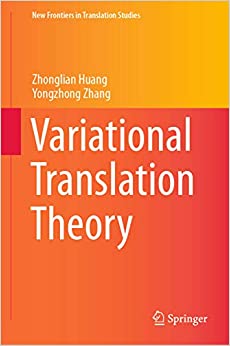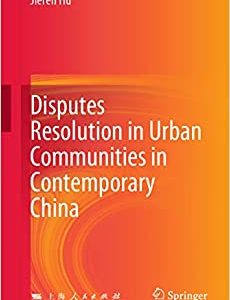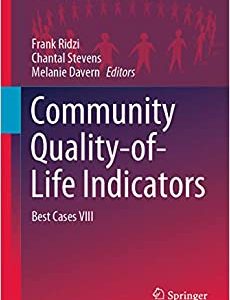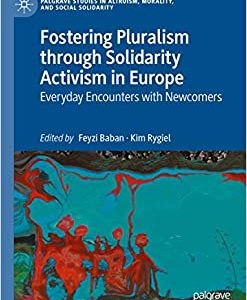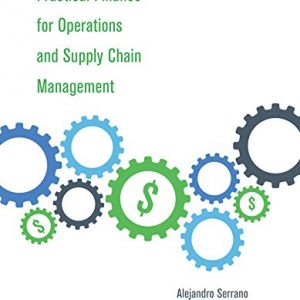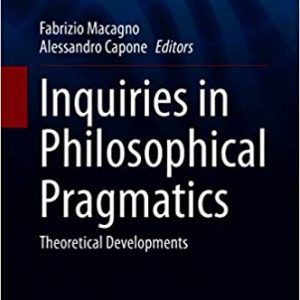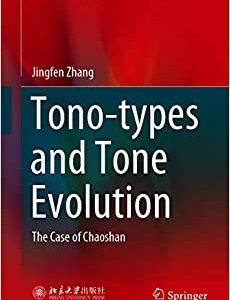This book, adopting the perspective of cross-cultural communication, theoretically justifies and addresses human variational translation practice for the first time in the area of translation studies, focusing on the adaptation techniques and variational translation methods, as well as general features and laws of the variational translation process. It classifies and summarizes seven main adaptation techniques and eleven translation methods applicable to all variational translation activities. These techniques and methods, quite different from those used in complete translation or full translation, are systematically studied together with examples, allowing readers to not only understand their interrelations and differences within the context of variational translation methods, but also to master them in order to improve their translation efficacy and efficiency. Readers will gain a better understanding of how variational translation is produced, and of its important role in advancing cross-cultural communication and in reconstructing human knowledge and culture.
This book is intended for translation scholars, translation practitioners, students, and others whose work involves the theory and practice of translation and who want to enhance their translation proficiency in cross-cultural communication for the Information Age.

